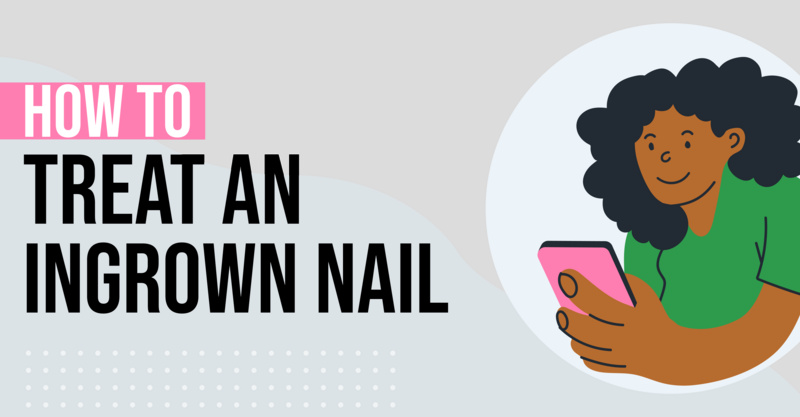Key Points
- Yeast infections, caused by an overgrowth of Candida fungus, are common in women and can be triggered by various factors such as hormonal changes, antibiotics, or a weakened immune system. They can be uncomfortable and painful, but are usually not serious.
- Home remedies to treat yeast infections include using over-the-counter antifungal medications, eating plain Greek yogurt, avoiding sex until symptoms resolve, taking a probiotic, and applying coconut oil or tea tree oil (diluted and used sparingly).
- It is important to seek medical attention for a yeast infection if you are pregnant, diabetic, have a weakened immune system, experience severe symptoms, have more than four yeast infections in a year, or if symptoms persist despite over-the-counter treatments.
- Preventive measures against yeast infections include avoiding douching and scented feminine hygiene products, changing out of wet clothes promptly, wearing cotton underwear, using water-based sexual lubricants, and maintaining normal blood sugar levels if diabetic.
- While home remedies can provide relief, all yeast infections require antifungal treatment to heal, and it is advised to see a healthcare provider if symptoms persist.
Yeast infections are a common condition that many women deal with. They’re caused by an overgrowth of a fungus called Candida and can be triggered by a variety of factors, including being on an antibiotic, going through hormonal changes, or having a weakened immune system. While yeast infections are common and usually not serious, they can be seriously uncomfortable and even painful (burning and itching are the two most common symptoms). So we’ve compiled a list of tried-and-true home remedies that can help you find relief and get better quickly.
How to Treat a Yeast Infection at Home
1. Use Over-The-Counter Yeast Treatments
According to the Cleveland Clinic, tThere are several antifungal medications that are available for yeast infections (Monistat is a common brand name for vaginal yeast infections). These treatments usually come as a cream or suppository and are available at retail pharmacies. Be sure to follow the instructions on the package for specific instructions and to know when to expect relief (some medications take only a few days to work, while others may take up to a week., according to the Cleveland Clinic).
2. Eat Plain Greek Yogurt
Yogurt is well-known for being a good source of probiotics, which can help improve your gut microbiome. There are several studies regarding the use of yogurt as a probiotic, including a 2017 study published in the Egyptian Nursing Journal. Healthline notes that plain Greek yogurt (that doesn’t have added sugar, flavoring, or fruit) is the best choice when dealing with a yeast infection (because sugar can actually fuel fungal growth). The Mayo Clinic notes that you should not put yogurt directly on or inside your vagina.
3. Avoid Sex Until You Are Better
The Cleveland Clinic notes that having sex or using sex toys can cause more irritation. Additionally, some yeast infection medications can weaken condoms and diaphragms. They recommend that you avoid sex until your yeast infection symptoms have resolved.
4. Take a Probiotic
Although yogurt can be a great way to get some probiotics (as noted above), sometimes it isn’t enough—and if you aren’t a fan of yogurt, you can get probiotic benefits by taking a capsule or mixing a probiotic powder with food, according to WebMD. You can find probiotics at most health food stores or retail pharmacies.
5. Apply coconut oil
Coconut oil can act as an antifungal, according to WebMD. Additionally, they note that coconut oil can help ease irritation and itching.
6. Try Tea Tree Oil (Carefully and Sparingly)
Tea tree oil may be an effective natural remedy for a yeast infection, according to WebMD. They note that you can find tea tree oil in suppository form, as well as cream and ointment form. It is important to note that tea tree oil should always be diluted before application and be used in moderation. You can dilute tea tree oil with coconut oil and then apply it in small amounts to the affected area.
When to go to Urgent Care For a Yeast Infection
While many yeast infection cases can be taken care of with over-the-counter treatments, there are some situations when you should see a doctor. For a list of these situations, we looked at information from Green Valley OB/GYN. They recommended the following guidelines on when to see a doctor for a yeast infection:
- You are pregnant, diabetic, or have a weakened immune system
- You have more than four yeast infections in a year
- You are experiencing severe yeast infection symptoms
- You are having other symptoms of being ill; nausea, vomiting, fevers…
- Your symptoms are not relieved by over-the-counter treatments
- You have never had a yeast infection before
- You are unsure whether your symptoms are caused by a yeast infection
It is very important to note that yeast infection symptoms can be similar to symptoms of an STD, so if you are sexually active you should consider your risks and get tested.
Tips for Preventing Future Yeast Infections
Although yeast infections are normal and common, there are several things you can do to prevent future occurrences. The Mayo Clinic notes the following:
- Avoid douching as douching can kill the good bacteria that keep fungus at bay
- Avoiding the use of feminine deodorants or scented feminine hygiene products
- Avoid using scented tampons or pads
- Change out of wet clothing (like bathing suits or gym clothes) as soon as you can
- Wearing cotton underwear and clothes that aren’t tight
- Using water-based sexual lubricants
- Keep your blood sugar levels in a normal range if you have diabetes
To Recap. . .
Dealing with a yeast infection can be uncomfortable and frustrating, but there are effective treatments available over the counter, as well as some home remedies that can help provide relief. The Cleveland Clinic notes that all yeast infections need treatment in order to heal, so it is important to use an antifungal treatment in addition to any supplemental remedies you try, and see a healthcare provider if you are not better quickly.
Frequently asked questions
What causes yeast infections?
Yeast infections are caused by an overgrowth of a fungus called Candida. This overgrowth can be triggered by a variety of factors, including being on an antibiotic, going through hormonal changes, or having a weakened immune system.
What are the common symptoms of yeast infections?
The two most common symptoms of yeast infections are burning and itching. They can also be seriously uncomfortable and even painful.
What are some over-the-counter treatments for yeast infections?
Over-the-counter treatments for yeast infections include antifungal medications, which are available as creams or suppositories. A common brand name for these treatments is Monistat.
How can Greek yogurt help with yeast infections?
Greek yogurt is a good source of probiotics, which can help improve your gut microbiome. However, it's important to choose plain Greek yogurt without added sugar, flavoring, or fruit, as sugar can fuel fungal growth.
Should I avoid sex while having a yeast infection?
Yes, it's recommended to avoid sex until your yeast infection symptoms have resolved. This is because having sex or using sex toys can cause more irritation and some yeast infection medications can weaken condoms and diaphragms.
How can coconut oil and tea tree oil help with yeast infections?
Coconut oil can act as an antifungal and help ease irritation and itching. Tea tree oil may also be an effective natural remedy for yeast infections, but it should always be diluted before application and used in moderation.
When should I see a doctor for a yeast infection?
You should see a doctor for a yeast infection if you are pregnant, diabetic, or have a weakened immune system, if you have more than four yeast infections in a year, if you are experiencing severe yeast infection symptoms, if your symptoms are not relieved by over-the-counter treatments, or if you have never had a yeast infection before and are unsure whether your symptoms are caused by a yeast infection.
How can I prevent future yeast infections?
To prevent future yeast infections, you can avoid douching, using feminine deodorants or scented feminine hygiene products, using scented tampons or pads, and wearing tight clothing. It's also recommended to change out of wet clothing as soon as you can, wear cotton underwear, use water-based sexual lubricants, and keep your blood sugar levels in a normal range if you have diabetes.
Solv has strict sourcing guidelines and relies on peer-reviewed studies, academic research institutions, and medical associations. We avoid using tertiary references.


 LinkedIn
LinkedIn









